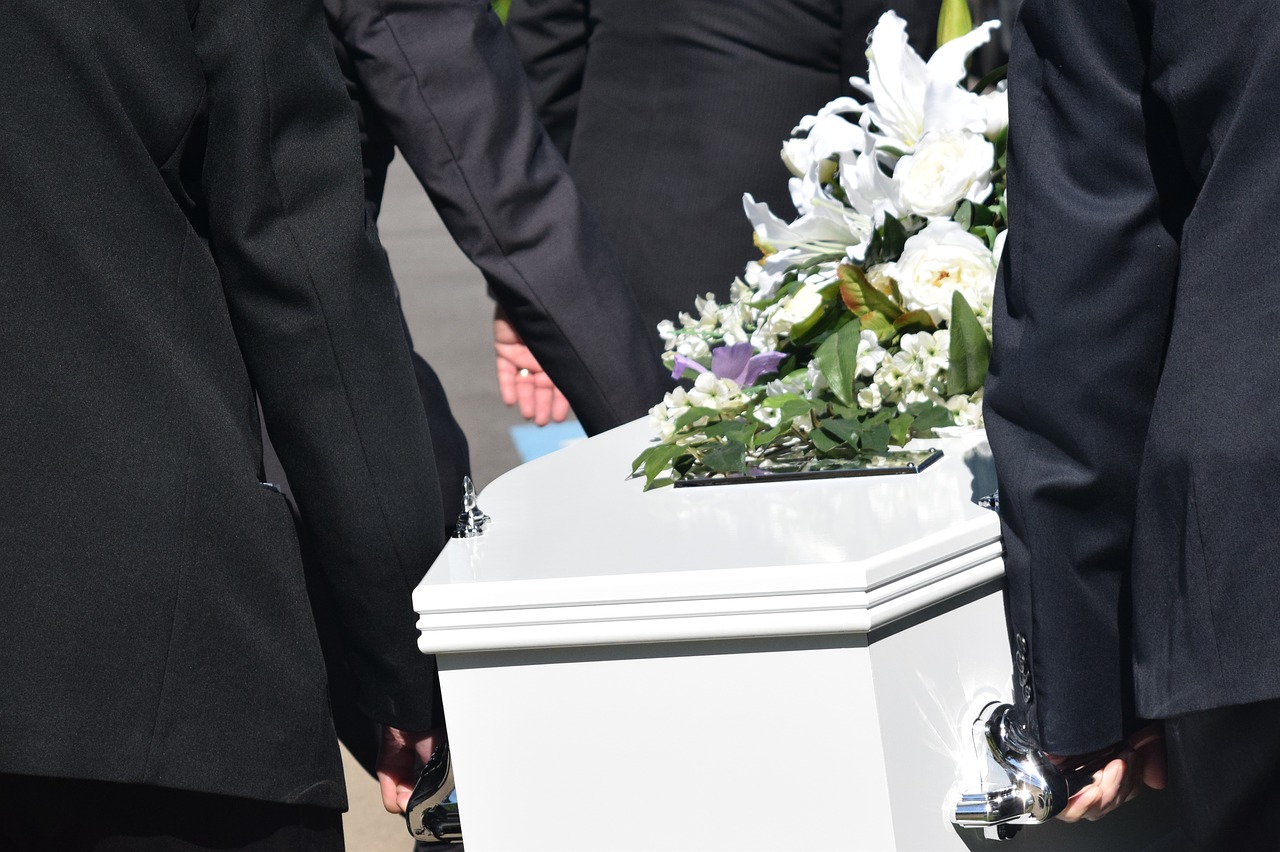Originate
From the Bronze Age (1500-400 BC) burning was the most common method by which society got rid of its corpses. This was also the case with the Romans, until due to economic necessity – firewood became scarce – they switched to burial. But until the seventh century, the dead in Western Europe were mainly burned, with the exception of the Christians. As Christianization (conversion of non-Christian/pagan peoples to Christianity) progressed, the cremation also decreased. In 785 Charlemagne issued a general ban on the incineration of the dead, but all in all, it was not until the thirteenth century that cremation ceased.
Cremation idea mainly Northern European
Only after the middle of the nineteenth century, the idea of cremation start to gain ground again. Because of the often unhygienic practices in cemeteries(stench nuisance due to careless burial) which, moreover, were often still located within built-up areas, especially physicians advocated the ‘clean’ incineration method. Italy and Germany took the lead in this area. Although the first ‘modern’ cremation took place in Italy (1873), cremation has never really taken off there. Now about three percent of the deceased Italians are cremated. In southern European countries, cremation generally has a rather marginal position. The popularity of cremation increases with latitude: the further north, the more cremation takes place. This is largely determined by the degree to which the Catholic Church is rooted in society. In the Netherlands it is now around 55 percent, England and Scandinavia score around seventy percent.
Cremation in the Netherlands
In June 1874, several gentlemen of distinction gathered in the literary society de Witte in The Hague to establish the Association for the Introduction of Cremation in the Netherlands. The aim of this association was to make cremation possible in the Netherlands. Despite the foundation of the association for cremation, it would take years before cremation became possible in the Netherlands.
Writer Eduard Douwes Dekker, better known as Multatuli, is often mentioned as the first Dutch person to be cremated. He was cremated in 1887 in Gotha, Germany because there was not yet a single facility in the Netherlands. Building its own cremation facility was high on the association’s agenda. But it took years before the financing was arranged and a suitable plot of land was purchased.
In 1913 the time had finally come. Westerveld crematorium was built in Velsen. This was the first crematorium in the Netherlands. At the time of the opening, cremation was still prohibited in the Netherlands. Nevertheless, on April 1, 1914, the first cremation took place in the crematorium. At 4:50 p.m., the body of Dr. CJ Vaillant, chief board member of the association, entered in the oven at Westerveld. The first cremation lasted 1 hour and 40 minutes. An official report was drawn up of this cremation because it was not yet permitted by law. However, there was no prosecution, the cremation was tolerated.
The association, which was later renamed the Koninklijke Vereniging Voor Facultatieve Cremation, continued to strive for legal equality in the years after 1914. But the church still had a firm grip on social life and on death. Cremation was seen as something pagan and unchristian. In the Roman Catholic Church, the papal decree from 1886 forbidding cremation for Catholics still applied. The Reformed and Reformed Churches had no official rejection, but the pastors preached burial as the only form of burial that conformed to church morality. If you are in Singapore and looking for a burial package, you can visit Singapore funeral packages here.


